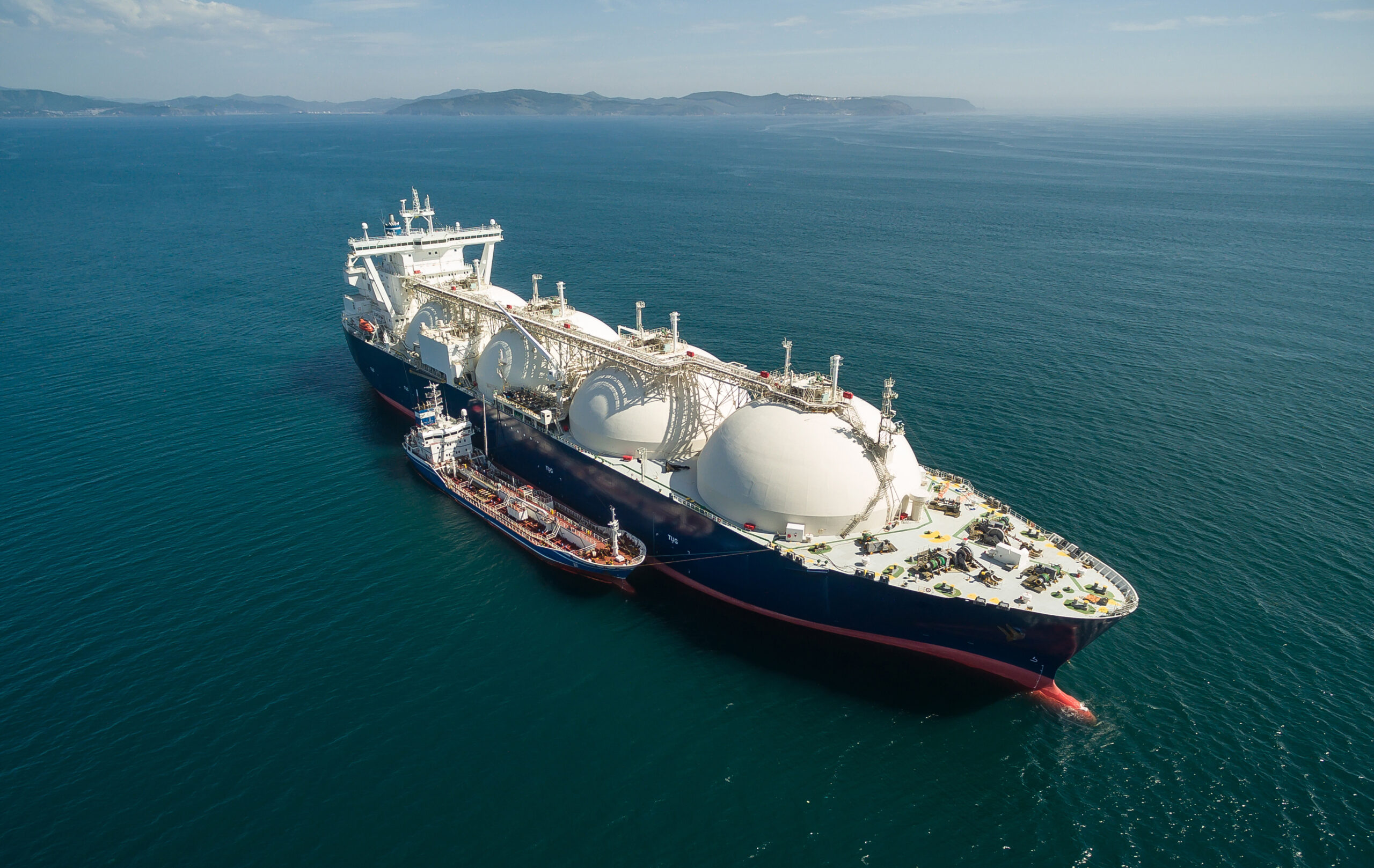Export growth figures are usually boring and small: A 2.3% growth rate might suggest a weak year; 7.5% or 10.2% a very good one; a drop of -2% would be exceptionally bad. Here are this year’s U.S. natural gas export rates to a string of European countries, based on the data available for the first six months of 2022:
| Sweden | 884% |
| Belgium | 588% |
| Spain | 394% |
| Italy | 357% |
| France | 352% |
| Poland | 347% |
| Lithuania | 274% |
| Netherlands | 175% |
| U.K. | 155% |
What is going on here? Three things, one transitory and the other two suggesting an accelerating revolution in energy trade:
(a) The usual answer in natural-resource trade is the commodity markets. In the aftermath of Russia’s invasion of Ukraine, oil prices are up from $41.30 to $107 per barrel since 2020, and the International Monetary Fund’s index of natural gas prices is nine times its 2020 level. These effects are typically transitory – with prices up, export money goes up too; when they go back down, export earnings fall with them.
(b) The U.S. produces much more energy than before, propelled by investments made during the high-price China boom era, circa 2004-2012. The Department of Energy’s figures (measured by energy content) show U.S. production of oil, natural gas, and renewable energy up from 41 quadrillion BTUs in 2010 to 71 quadrillion BTUs in 2021. With a lot more available, the U.S. is accordingly exporting more than ever before.
(c) Russia is no longer a reliable supplier. Russia’s use of energy supply as a political tool has convinced European buyers to find new sources, as PPI’s Paul Bledsoe very presciently advised three months before the invasion of Ukraine. American liquefied natural gas (LNG) is the logical replacement on security grounds, and a lower-methane emissions option as well). Louisiana in particular, home to two of the U.S.’ seven LNG terminals, has seen its exports double in two years; Gov. Edwards, noting that “market forces disrupting the world economy are creating a historic opportunity for our state,” plans a set of new infrastructure investments to help make the shift permanent.
Taken together, the figures reveal an incipient revolution in world energy trade. At 16.8% of American merchandise exports in 2021, and 18.1% through June of 2022, energy is already well above the 89-year-old record set in the Hoover administration. (At 13.2%, or $208 million of that year’s Depression-shrunken $1.58 billion in total U.S. exports.) Internationally, having surpassed Russia and Saudi Arabia last year, the U.S. is the world’s largest energy* exporter for the first time in a century. The dollar figures look like this:
2022 $420 billion?**
2021 $240 billion
2020 $151 billion
2015 $105 billion
2010 $82 billion
2000 $13 billion
* Crude and refined petroleum, natural gas, coal, electricity, other.
** Annualized based on six months of available data.
A graph from the Energy Information Administration (link below):
PPI’s Paul Bledsoe on natural gas exports, lower-methane emissions, and European/Asian security:
December 2021, on Europe’s ability to reduce overall emissions and ease a security threat by replacing Russian with American natural gas.
And following up, June 2022, on cleaner/less dangerous energy for Asia.
Two takes from Louisiana:
Governor John Bel Edwards and associates on European markets, infrastructure development, and Louisiana export growth.
And the Acadian Advocate looks at soaring LNG shipments from the six U.S. LNG terminals.
Data and a bit of explanation:
The Department of Energy’s Energy Information Administration explains liquefied natural gas.
… and tracks U.S. energy imports and exports.
The European Union’s Eurostat on energy imports from Russia (though only through 2021).
Sweden’s Energy Ministry reviews vulnerability to Russian energy coercion, March 2022.

Ed Gresser is Vice President and Director for Trade and Global Markets at PPI.
Ed returns to PPI after working for the think tank from 2001-2011. He most recently served as the Assistant U.S. Trade Representative for Trade Policy and Economics at the Office of the United States Trade Representative (USTR). In this position, he led USTR’s economic research unit from 2015-2021, and chaired the 21-agency Trade Policy Staff Committee.
Ed began his career on Capitol Hill before serving USTR as Policy Advisor to USTR Charlene Barshefsky from 1998 to 2001. He then led PPI’s Trade and Global Markets Project from 2001 to 2011. After PPI, he co-founded and directed the independent think tank Progressive Economy until rejoining USTR in 2015. In 2013, the Washington International Trade Association presented him with its Lighthouse Award, awarded annually to an individual or group for significant contributions to trade policy.
Ed is the author of Freedom from Want: American Liberalism and the Global Economy (2007). He has published in a variety of journals and newspapers, and his research has been cited by leading academics and international organizations including the WTO, World Bank, and International Monetary Fund. He is a graduate of Stanford University and holds a Master’s Degree in International Affairs from Columbia Universities and a certificate from the Averell Harriman Institute for Advanced Study of the Soviet Union.
Read the full email and sign up for the Trade Fact of the Week